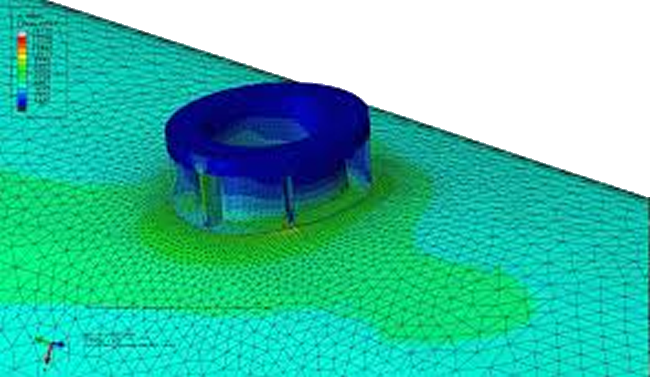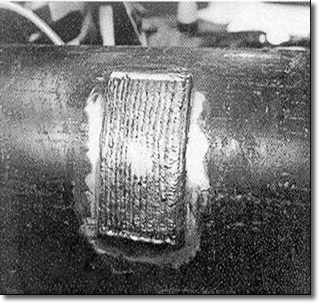ASME Section VIII, Division 1 – 2019 Edition – Changes to U-2(g)
What Do You Do When There Are No Rules?
On July 1, 2019, the 2019 Edition of ASME Section VIII, Division 1 will be published. Among the 117 changes to this Edition will be a revised paragraph U-2(g), and a new Mandatory Appendix 46. The new U-2(g) will read:
(g) This Division of Section VIII does not contain rules to cover all details of construction. Where complete details of construction are not given, the Manufacturer, subject to the acceptance of the Authorized Inspector, shall provide the appropriate details to be used.
(1) Where design rules do not exist in this Division, one of the following three methods shall be used:
(-a) Mandatory Appendix 46;
(-b) Proof test in accordance with UG-101;
(-c) Other recognized and generally accepted methods, such as those found in other ASME/EN/ISO/National/Industry Standards or Codes. This option shall provide details of design consistent with the allowable stress criteria provided in UG-23.
(2) The provisions of this paragraph shall not be used to justify the use of materials, joining processes (fabrication), examination, inspection, testing, certification and overpressure protection methods other than those allowed by this Division.
Let’s start by dissecting this new paragraph.
To start with paragraph (g), the importance and significance of the inspector is maintained from the original text. This, in conjunction with the clarifications to the role of the inspector in the revised U-2(b) and U-2(e) solidifies the role of the inspector in Section VIII, Division 1 work. Also, the role of the manufacturer in providing the details is confirmed. Also clarified is that this paragraph is only activated when there are not applicable rules already existing in Division 1. Next, it is worth noting that there is no role here for the Owner/User. Therefore, if the owner/user wants input, they will need to do so through their specifications or other contractual documents.
Next, subparagraph (1), reinforces that this paragraph is only applicable if existing rules do not exist in Division 1. If rules exist, they need to be followed. The only possible options for design rules are listed in U-2(g)(1), with Mandatory Appendix 46 being given priority. This Appendix provides explicit directions on how to follow Design by Rules from Section VIII, Division 2 Part 4 and Design by Analysis From Section VIII, Division 2 Part 5. I will discuss this Appendix shortly. (-b) was provided as a courtesy reminder that proof testing is always permitted as a method for demonstrating a design. (-c) recognizes that Division 2 didn’t have a complete set of design rules, and that other recognized rules may exist elsewhere. It provides guidance on applying RAGAGEP (Recognized And Generally Accepted Good Engineering Practice) – essentially they all must obey/use the allowable stress basis of Division 1.
Subparagraph (2) closed the largest loophole in the current rules, by restricting the application to design rules ONLY. The noted areas must remain in strict compliance with the rules provided in Section VIII, Division 1.
The New Mandatory Appendix 46, titled “Rules For Use of Section VIII, Division 2” is 1-1/2 pages long and comprises the following sections:
- 46-1 Scope
- 46-2 Allowable Design Stress and Other Material Rules
- 46-3 Design By Rule
- 46-4 Design By Analysis
It walks the manufacturer through the process by which they can use Section VIII, Division 2 to satisfy the requirements of Division 1 through the new U-2(g). You will just have to wait until you have the new Edition in your hands to see all the details. However, Section 46-4 Design By Analysis is essentially identical to the guidance that I have been providing since way back in 2013 when I published a blog on Performing an FEA in Section VIII, Division 1 to Qualify an Article U-2(g) Component. You can go and check that out in the meantime.
If you have a question relating to this blog, you may post a comment for the author at the bottom of this page. If you would like to submit an Information Request please click below:




